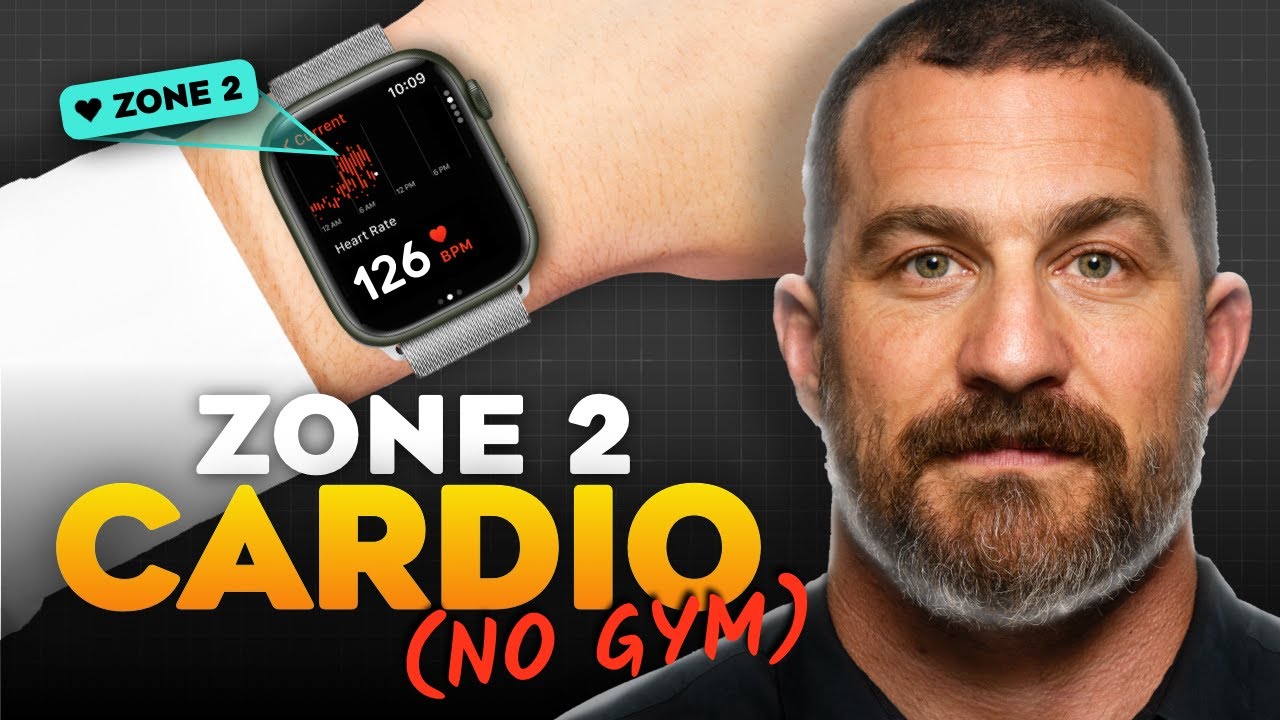Stress is a natural part of life — whether it stems from relationship tension, financial strain, or physical pressure, we all experience moments when our nervous system feels overwhelmed. When your heart races, your thoughts become jumbled, and your body feels on high alert, it’s important to have a reliable tool to regain control — not in hours or after a yoga session, but in real time.
One of the most effective and scientifically supported methods for quickly calming the body and mind is a technique called the physiological sigh. This powerful, neurologically based breathing pattern helps reduce stress instantly — and it’s completely natural, accessible, and free.

Why Telling Yourself to “Calm Down” Doesn’t Work
In moments of acute stress, most people instinctively try to think their way out of it. But here’s the problem: trying to talk yourself into relaxation often has the opposite effect. The more you try to will yourself to relax, the more activated your nervous system becomes.
This is because stress activates the sympathetic nervous system — the body’s “fight or flight” mode — which speeds up the heart, increases blood flow to the muscles, and heightens alertness. Trying to override this stress response with thought alone is rarely effective, especially when you’re already overwhelmed.
How the Body Calms Itself: The Parasympathetic Nervous System
To truly lower stress, you need to engage your body’s parasympathetic nervous system, often called the “rest and digest” system. It’s responsible for slowing down the heart rate, relaxing muscles, and bringing the body back to a state of balance.
Unlike the brain’s abstract intentions, the parasympathetic system can be accessed through physical mechanisms — especially through how you breathe.

Breath: The Gateway Between Body and Mind
Your heart rate is deeply connected to your breath. Most people think of the heart as operating on autopilot, but its pace is influenced directly by the lungs and diaphragm. Here’s what happens:
- When you inhale, the diaphragm contracts downward, creating more space in the chest. This temporarily enlarges the heart, slowing the blood flow. In response, the brain tells the heart to speed up.
- When you exhale, the diaphragm relaxes upward, making the heart slightly smaller. Blood flows more quickly, signaling the brain to slow the heart rate.
In simple terms:
- Longer or more forceful inhales = faster heart rate
- Longer or more forceful exhales = slower heart rate
The Fastest Way to Calm Down: The Physiological Sigh
Among the many forms of breathwork, the physiological sigh stands out for its simplicity and speed. Unlike long meditation sessions or formal breathing exercises, this technique is designed for on-the-spot stress relief. It requires no equipment, no routine, and no prior training.

What Is a Physiological Sigh?
A physiological sigh is a natural breathing pattern we all perform without realizing — typically during sleep, after crying, or when calming down from anxiety. Scientists have studied this phenomenon since the 1930s, with recent research from UCLA and Stanford shedding light on its biological mechanisms.
The physiological sigh consists of:
- Two short inhales through the nose (or mouth)
- One long, slow exhale
That’s it.
The double inhale re-expands collapsed air sacs in the lungs, increasing oxygen exchange and preparing the body for a more effective exhale. The prolonged exhale then flushes out excess carbon dioxide — a key contributor to feelings of anxiety and agitation.
How to Do a Physiological Sigh
Here’s a simple step-by-step guide you can use anytime you’re feeling overwhelmed:
- Inhale deeply through your nose.
- Immediately take a second, shorter inhale. It may feel like you’re “topping off” your breath.
- Exhale slowly and fully through the mouth.
Repeat this sequence 1 to 3 times as needed.
Within seconds, you’ll likely feel your heart rate slow, your muscles soften, and your thoughts begin to clear. The technique is effective whether you’re in traffic, on a Zoom call, or having a difficult conversation.

Why It Works: A Look at the Science
When stress rises, carbon dioxide builds up in the bloodstream. This accumulation can lead to increased alertness, jitteriness, and discomfort. The double inhale helps reopen the alveoli (tiny sacs in the lungs) that tend to collapse under stress, allowing for better gas exchange. The long exhale helps remove excess carbon dioxide, restoring chemical balance and calming the nervous system.
In ongoing studies at Stanford University, researchers are examining how deliberate breathing patterns, like the physiological sigh, influence emotional regulation and stress resilience. Early findings suggest that even a single use of this method can meaningfully reduce acute stress.
Expert Insight: Why Breathing Beats Thinking in High-Stress Moments
Many wellness practices like meditation, gratitude, or visualization require mental focus — a precious resource that’s often unavailable when you’re deeply stressed. The physiological sigh sidesteps this challenge by tapping into a hardwired biological circuit: breath controls nervous system output in real time.
Unlike your pancreas or spleen, which are inaccessible to conscious control, the diaphragm is a voluntary muscle. That means you can command it to move in a specific pattern — like the physiological sigh — and immediately influence how you feel.

When to Use the Physiological Sigh
This technique is ideal for:
- Public speaking or social anxiety
- Pre-interview or exam nerves
- Sudden emotional overwhelm
- Restlessness before bed
- Panic attacks or anxiety spikes
- Post-exercise recovery
Whether you’re waiting in line at the pharmacy, caught in traffic, or dealing with an argument, you can use this tool discreetly and effectively — no one even has to know you’re doing it.
In a world where stress is constant and often unavoidable, tools that offer rapid relief without side effects are invaluable. The physiological sigh is a prime example: backed by science, grounded in biology, and easy to use anytime, anywhere.
When you feel your body shifting into high alert, don’t just rely on willpower. Leverage the power of your breath. A simple double inhale followed by a slow exhale can change your entire state — in seconds.



